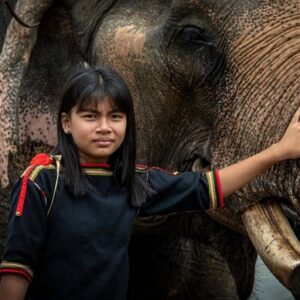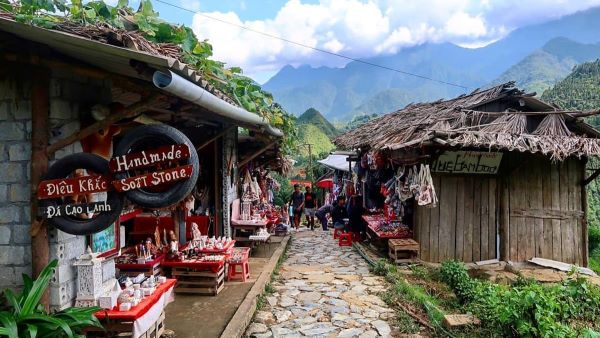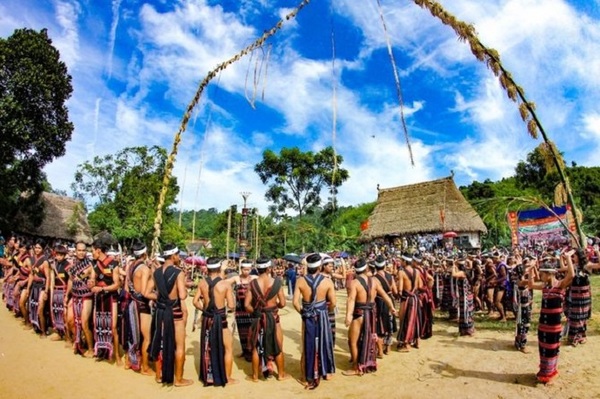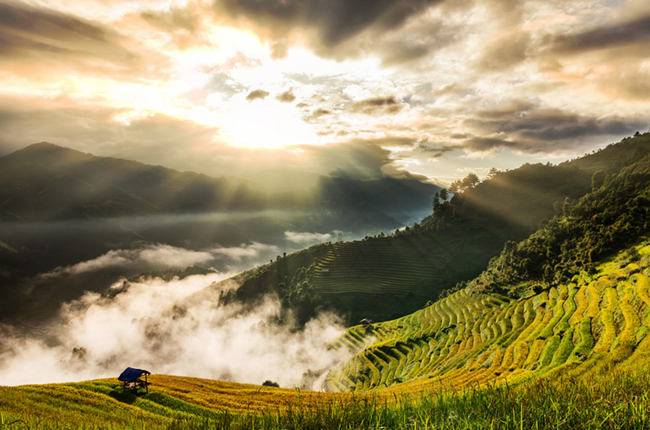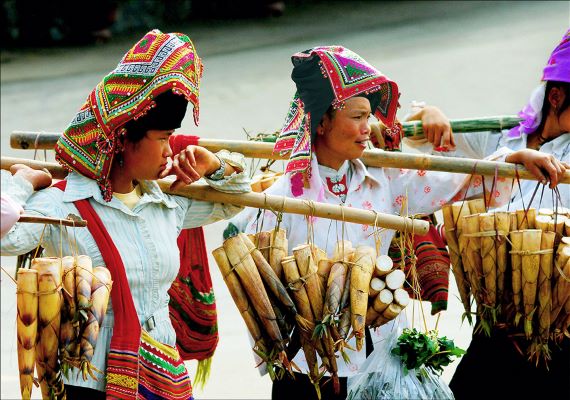General Information of Mnong Ethnic Group
The Mnong Ethnic Group, also known as M’Nong, comprises various sub-groups, including Bru Dang, Preh, Ger, Nong, Prang, PJam, Kuyenh, Chil Bu Nor, and M’Nong Bu Dang. Their population, as of 1999, numbered 92,451 individuals, primarily concentrated in the southern parts of Dak Lak and Dak Nong provinces, along with pockets in Lam Dong and Binh Phuoc provinces.
History
The Mnong Ethnic Group is one of the twelve local ethnic communities that have inhabited the Central Highlands for generations. They play a pivotal role in preserving and promoting the unique culture of the region. Also known as Pnong, Mnong Nong, Mnong Pré, and other names, the Mnong people have significantly contributed to the socio-economic development of the area.
Main Features
Costume
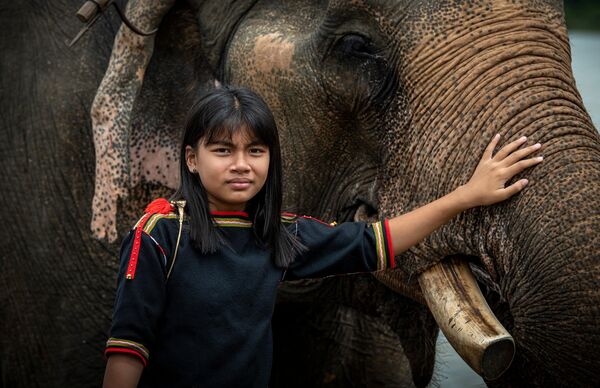
A Mnong girl
Traditionally, Mnong men would wear loincloths and go half-naked, while women donned skirts without shirts. However, the influence of the Kinh ethnic group has transformed Mnong fashion. Today, their attire often features gold and bronze bracelets and colorful beads, reflecting a blend of tradition and modern influence.
Housing
Mnong houses vary depending on the region and locality. Some are built into the ground, while others rest on stilts. For instance, the Mnong Rlam sub-group in the Lak Lake area has embraced the architectural style of the Ede ethnic people, constructing high stilt houses. Nevertheless, many Mnong people now reside in houses designed in the Kinh ethnic group’s architectural style, emphasizing sustainability and safety.
Traditional Activities
Marriage: In the past, Mnong society strictly regulated same-race marriages, but today, interracial marriages have become more common. After marriage, Mnong couples often reside at the wife’s house. In certain regions, couples must spend time living in both the groom’s and bride’s houses before establishing a separate household.
Festivals: One of the most significant traditional festivals for the Mnong ethnic people is the buffalo stabbing festival. This event, typically held at the end of the annual rice harvest season, serves as an expression of gratitude to the gods of heaven and earth, as well as the god of rice.
The Mnong Ethnic Group, deeply rooted in the Central Highlands, offers a captivating glimpse into the cultural diversity of Vietnam. With its rich history and unique traditions, this ethnic group holds a special place in the region’s tapestry. Whether you’re interested in their distinctive clothing, architectural styles, or traditional festivals. They are a treasure trove of cultural experiences waiting to be explored.

